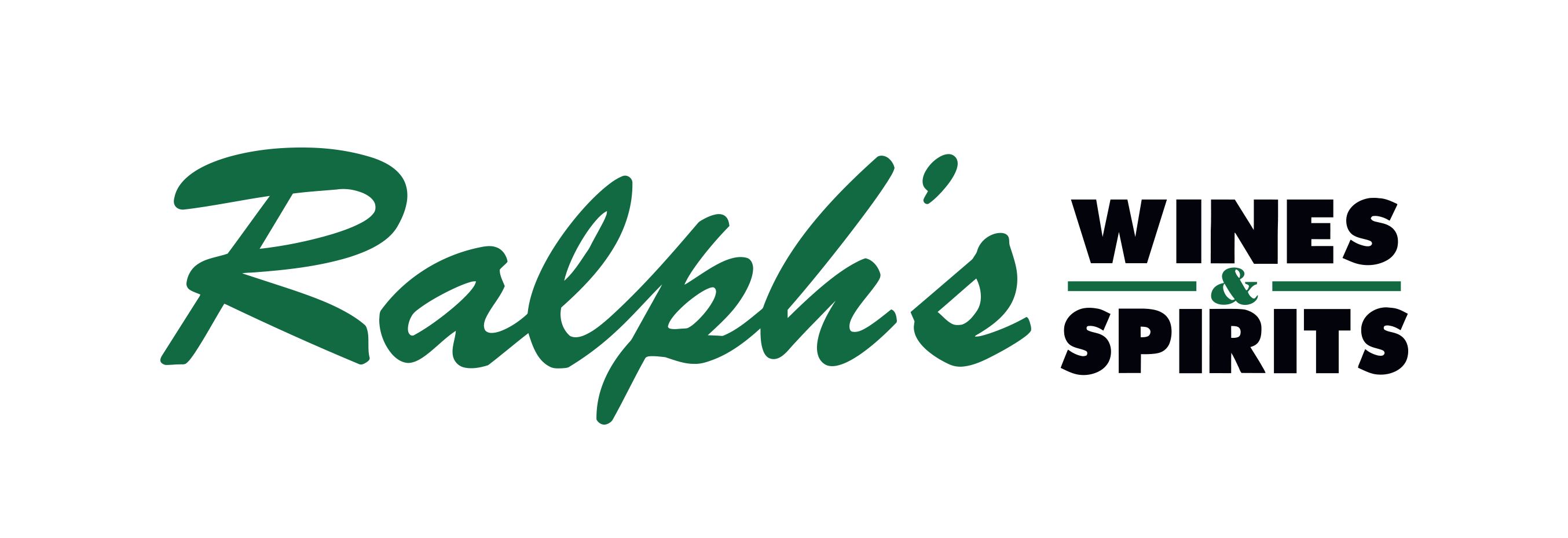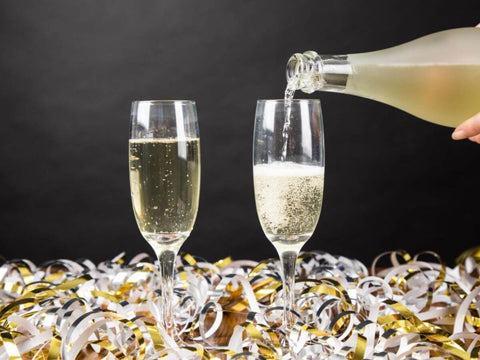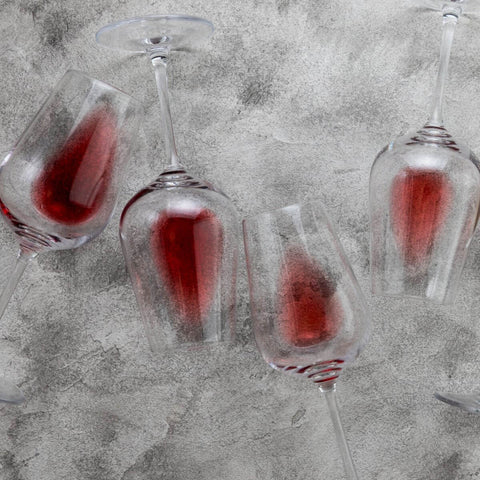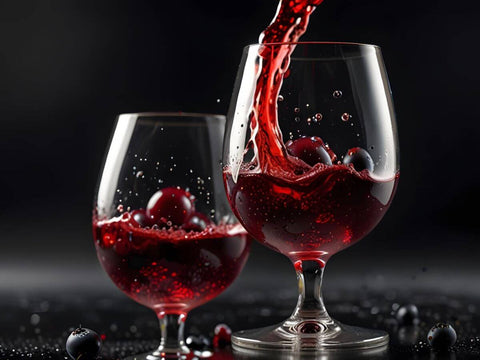What are the differences between champagne and sparkling wine?
- Production method
- Aging requirements
- Flavor profile
- Grape varieties used
- Carbon dioxide pressure
Overview
- When choosing between sparkling wine and champagne, it's essential to recognize that while all champagne is sparkling wine, not all sparkling wines can be labeled as champagne.
- Consider the production method, as champagne is typically made using the traditional méthode champenoise, resulting in fine bubbles and complex flavors, whereas sparkling wines may use different methods, impacting their taste and texture.
- Champagne usually has a richer and more complex flavor profile due to strict aging requirements, while sparkling wines often offer fresher and simpler flavors, making them suitable for casual occasions or specific food pairings.
- Sparkling wines come in a broader range of grape varieties and styles, allowing for diverse flavor options, while champagne's specific grape selections provide unique characteristics.
Sparkling wines and champagnes are staples at celebrations and special events, known for their effervescence and luxury appeal. However, many people mistakenly use the term “champagne” to refer to all sparkling wines. While champagne is a sparkling wine, not all sparkling wines can be called champagne.
In this article, we’ll explore the main differences between champagne vs sparkling wine to help you understand what sets them apart. Whether you’re choosing a bottle for a festive toast or pairing it with a meal, understanding these differences will guide you in making the best choice for any occasion.
Production Method

Champagne, produced exclusively in the Champagne region of France, is made using the traditional method known as méthode champenoise. In this method, the wine undergoes secondary fermentation in the bottle, which gives champagne its signature fine bubbles and complex flavor.
On the other hand, sparkling wines can be produced in many regions around the world, each using different methods. The Charmat method, for instance, is common for Prosecco, where secondary fermentation takes place in stainless steel tanks rather than in the bottle.
Aging Requirements
Champagne also has strict aging regulations, which is necessary to keep its rich and nuanced flavor profile. Non-vintage champagne, for example, must be aged for a minimum of 12 months, while vintage ones require at least three years of aging. This lengthy maturation process allows the wine to develop deep and complex flavors like brioche, toasted almonds, and citrus zest.
Meanwhile, sparkling wines often have shorter aging periods, resulting in fresher and more straightforward flavors. For example, a delightful Cava like Freixenet Cordon Negro Brut typically undergoes less aging than champagne — about 9-15 months — but can still offer a beautifully balanced taste.
Flavor Profile
The flavor profile of champagne is characterized by its complexity. This rich palette is a result of its production and aging processes, making champagne a versatile choice for pairing with a wide range of foods. Its bright acidity and fine bubbles also elevate dishes from appetizers to desserts.
In contrast, sparkling wines offer a broader spectrum of flavors, depending on the grape varieties and methods used in their production. For instance, Bolla Prosecco Extra Dry is typically lighter and fruit-forward, making it perfect for casual sipping or as an aperitif.
Grape Varieties Used

Champagne is primarily crafted from three grape varieties: Chardonnay, Pinot Noir, and Pinot Meunier — with each grape contributing distinct characteristics to the final product. For this, you can try the Yarden Chardonnay 2020 for a showcase of elegance and versatility of the Chardonnay grape.
Sparkling wines, on the other hand, can be made from a much broader range of grape varieties, enhancing their diversity and flavor profiles. A great option to try is Danzante Tenute Di Toscana Prosecco, which features predominantly Glera grapes.
Carbon Dioxide Pressure
Champagne typically has a higher level of CO₂ pressure, resulting in finer, persistent bubbles that create an elegant mouthfeel. This effervescence adds to the overall experience, making champagne a celebrated choice for toasting special occasions.
Conversely, many sparkling wines feature lower levels of CO₂ pressure, leading to larger, more effervescent bubbles. This can create a playful and lively texture, making them enjoyable for casual gatherings.
When planning your drink menu, think about offering both high-pressure champagnes and lively sparkling wines. This way, you can provide a range of experiences for your guests, highlighting the different styles and enjoyment that both categories offer.
Key Takeaway
Understanding the differences between champagne vs sparkling wine enhances your enjoyment of these delightful beverages. By exploring both options, you can create memorable experiences for yourself and your guests.
At Ralph’s Wines & Spirits, we offer a curated selection of both champagne and sparkling wines, perfect for any celebration or casual gathering. Whether you prefer the elegance of champagne or the lively character of sparkling wine, we have the perfect bottles to make your next event truly special — shop with us now!



